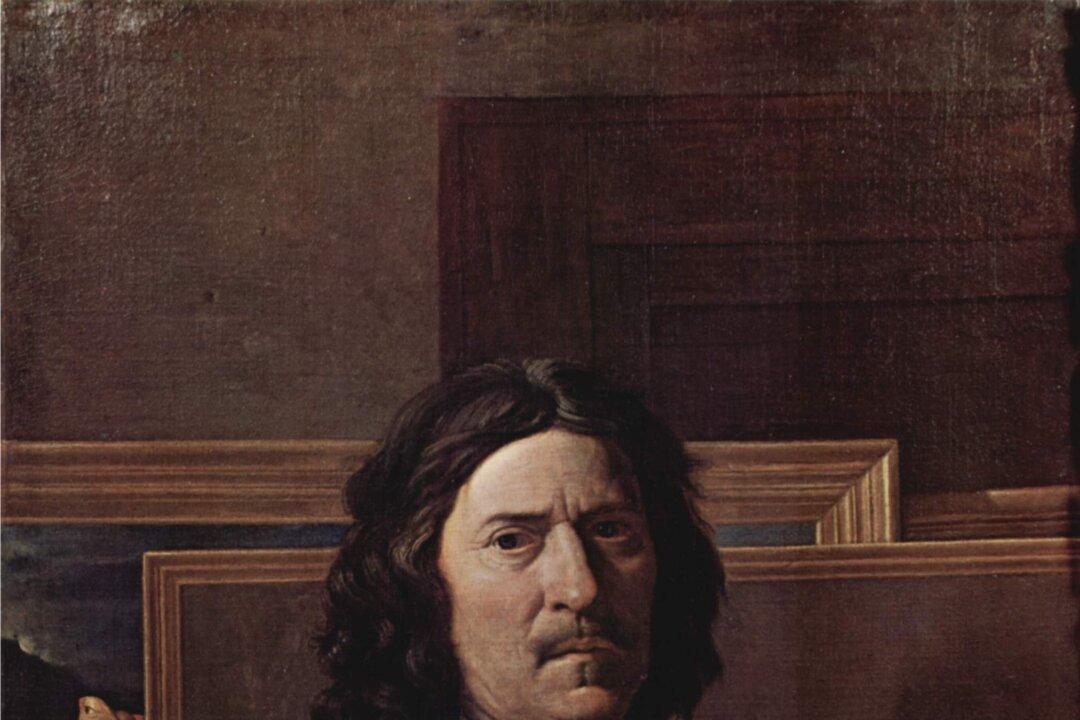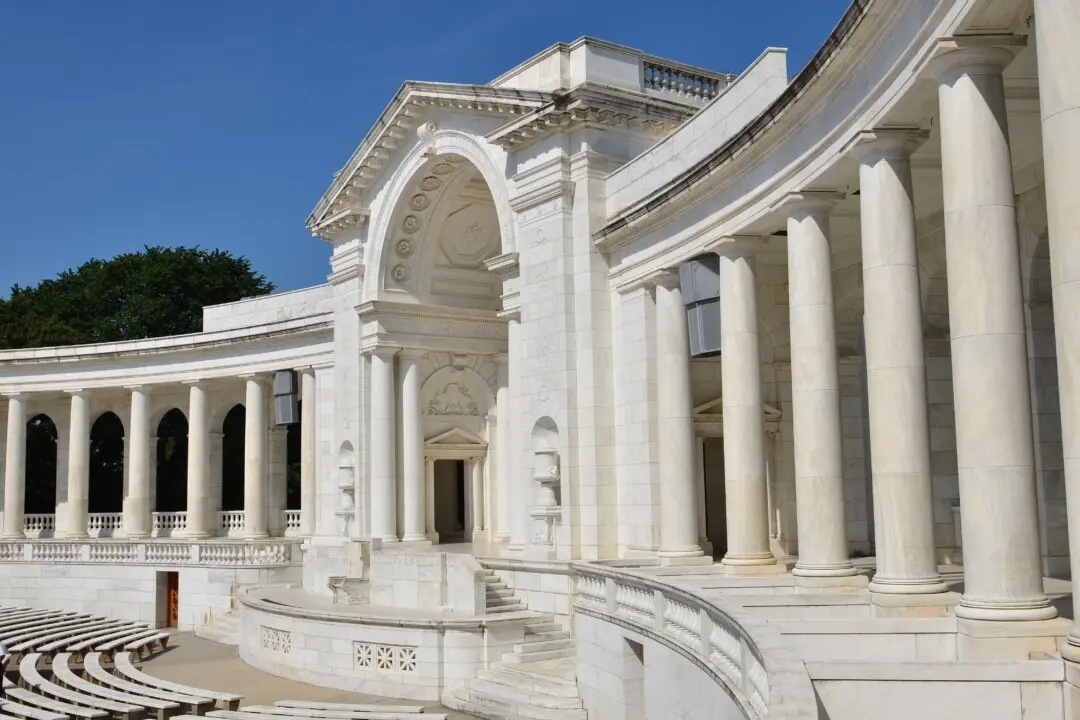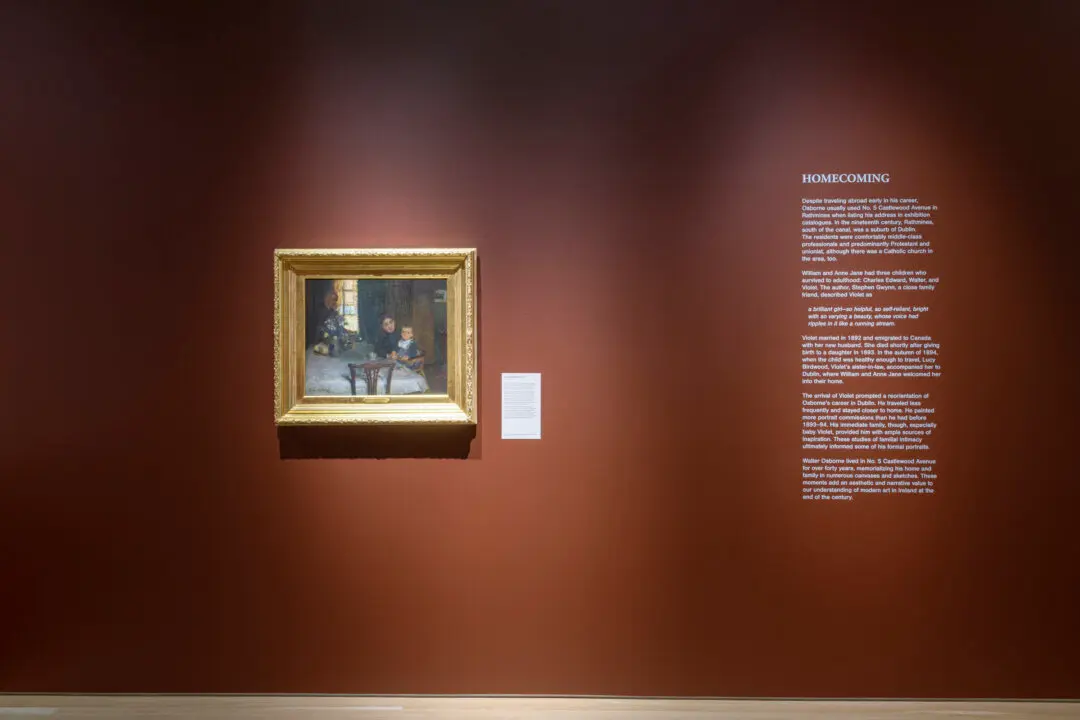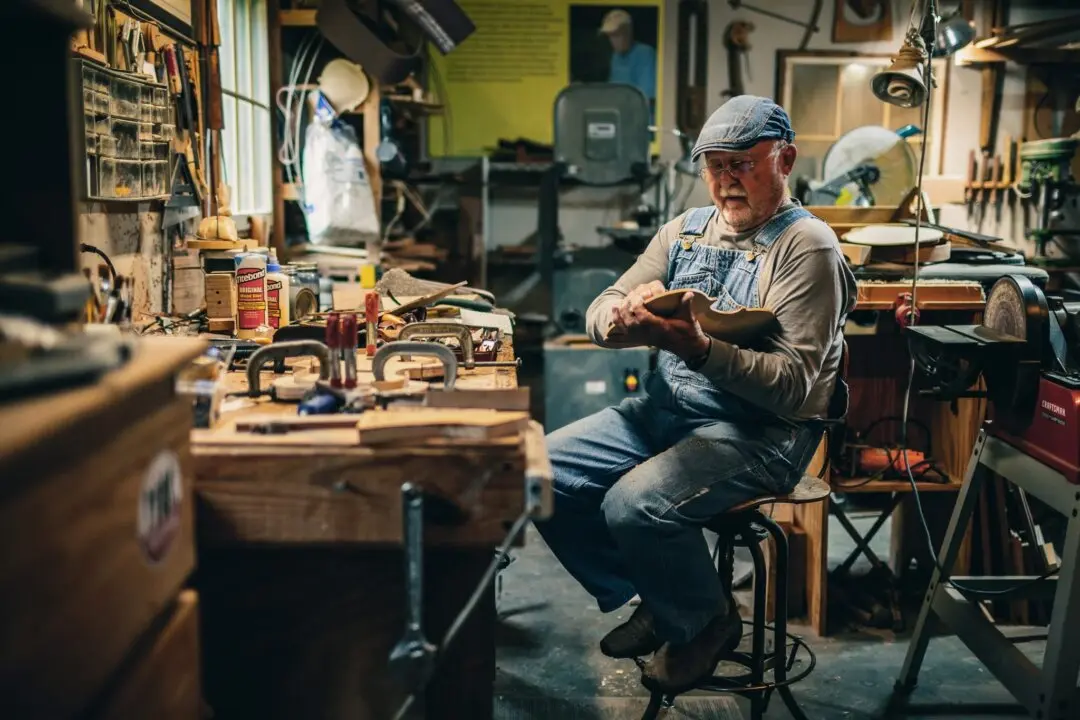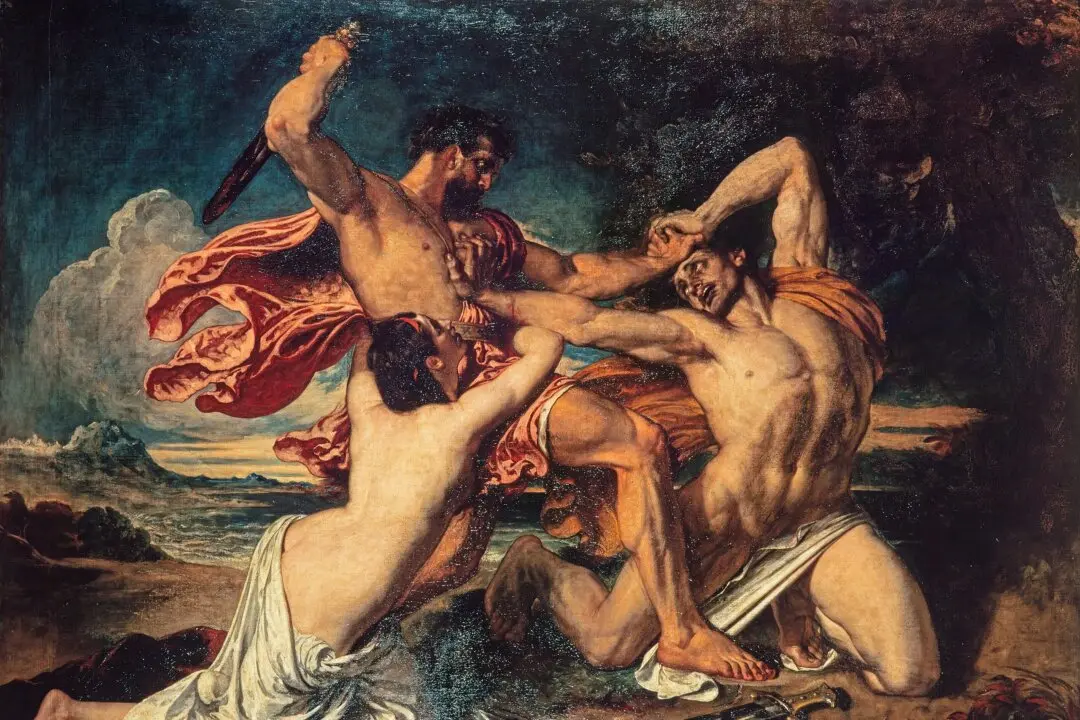“I have neglected nothing,” said Nicolas Poussin, the 17th-century French classical painter. Everything in Poussin’s paintings is there for a reason, and reason is the rationale behind each and every painting by his hand.
For Poussin, his paintings were no place for frivolity or sensuous pleasures. He believed that painting must deal with the most noble and earnest of human endeavors in a rational manner best suited to the situation.

